There is no sharp cutoff for DC and switching signals as to how closely the return currents follow the signal; at DC the return path will indeed spread out and for switching signals, as the edge rate gets faster, the return path will follow the signal track more closely.
The return path will take the path requiring the least energy in my experience so even at DC (the plane has some resistance) the return currents will still be somewhat higher near the signal itself. This is due to the effective impedance of the plane (at high frequencies the plane is not a single lumped item but a distributed element).
In your case, isolating the return path in this manner will not necessarily prevent the return current from spreading out because the (isolated) ground you show must at some point return to the ground of the power source which will also be connected to the rest of the ground you show.
I went into controlling return currents in some detail in this answer.
The (simplified) power path is Power source positive -> IC -> power source negative at DC with perhaps some of the current flowing from an output to an input and then back to power source negative which depends entirely on the specifics of the circuit (and will have other return paths for a switching signal).
Any unbalanced track (which includes all single ended signals) has the potential to act as an antenna; just how much is radiated is very implementation dependent.

